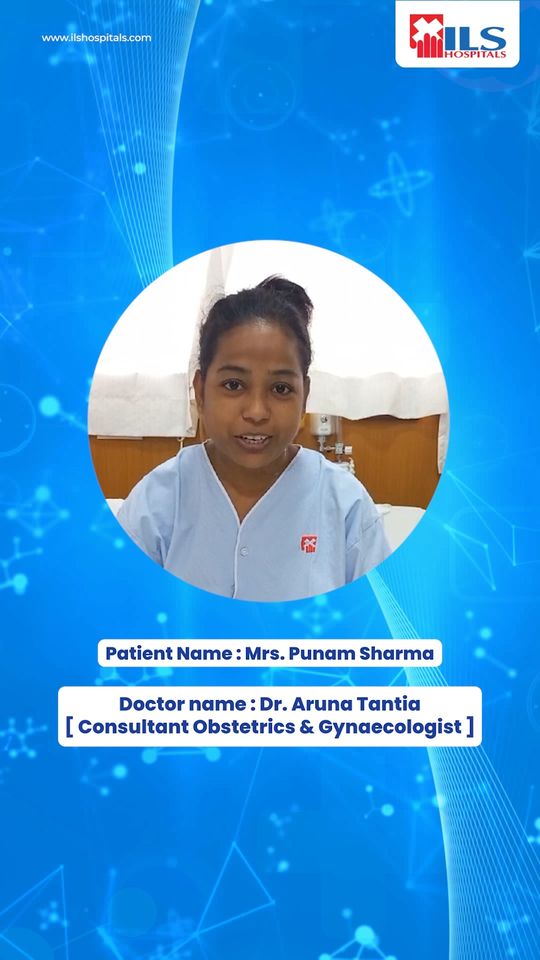Empowering Women’s Health: Demystifying Hysterectomy at ILS Hospitals
Greetings from the realm of women’s health! Today, let’s delve into the realm of gynaecological well-being and explore the significance, procedure, and transformative benefits of Hysterectomy – a crucial gynaecological intervention performed with precision and compassion at ILS Hospitals.
Understanding Hysterectomy:
Hysterectomy is a surgical procedure involving the removal of the uterus, a vital organ in the female reproductive system. This procedure can be performed in various ways, each catering to the specific health needs and conditions of the individual.
Indications for Hysterectomy:
- Uterine Fibroids: Hysterectomy may be recommended to address the presence of large or symptomatic uterine fibroids that cause pain, bleeding, or other complications.
- Uterine Cancer: In cases of uterine cancer or certain gynaecological cancers, removing the uterus through hysterectomy is a common therapeutic approach.
- Endometriosis: Severe endometriosis, a condition where tissue similar to the uterine lining grows outside the uterus, may necessitate hysterectomy.
- Chronic Uterine Pain: Persistent and debilitating pelvic pain or chronic uterine conditions that do not respond to other treatments may be indications for hysterectomy.
- Uterine Prolapse: When the uterus descends into the vaginal canal, causing discomfort or complications, hysterectomy may be recommended.
Types of Hysterectomy:
- Total Hysterectomy: Involves the removal of the entire uterus, including the cervix.
- Subtotal or Partial Hysterectomy: Involves the removal of the upper part of the uterus while leaving the cervix intact.
- Radical Hysterectomy: Typically performed for gynaecological cancer treatment, involving the removal of the uterus, cervix, parts of the vagina, and surrounding tissues.
The Hysterectomy Procedure:
- Preoperative Assessment: Before the surgery, a thorough preoperative assessment is conducted, including a physical examination, medical history review, and sometimes imaging studies.
- Anaesthesia: Hysterectomy is performed under general anaesthesia, ensuring the patient’s comfort and safety during the procedure.
- Surgical Removal: The surgeon accesses the uterus through an incision, which can be abdominal, vaginal, or laparoscopic. The method chosen depends on various factors, including the reason for the hysterectomy and the patient’s health.
- Closure and Recovery: After the removal of the uterus, the incisions are closed, and the patient is moved to a recovery area. Depending on the type of hysterectomy, recovery times may vary.
Benefits of Hysterectomy:
- Resolution of Gynaecological Issues: Hysterectomy effectively addresses various gynaecological conditions, providing relief from symptoms and improving overall quality of life.
- Cancer Treatment: In cases of uterine or cervical cancer, hysterectomy can be a crucial component of cancer treatment, offering a chance for cure or disease control.
- Improved Quality of Life: For individuals dealing with chronic pain, bleeding, or other debilitating symptoms, hysterectomy can bring about a transformative improvement in their daily lives.
- Preventive Health: In situations where there is a high risk of developing gynaecological cancers, preventive or prophylactic hysterectomy may be considered.
ILS Hospitals’ Commitment to Women’s Wellness:
At ILS Hospitals, our team of gynaecological experts understands the unique health needs of women and is committed to providing personalized care through every stage of life. Hysterectomy, when recommended, is performed with precision and empathy, ensuring the well-being and comfort of every patient.















































